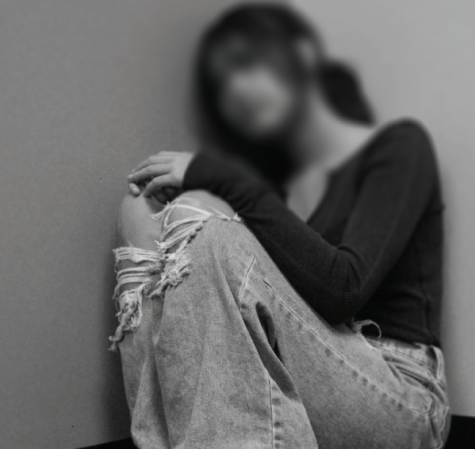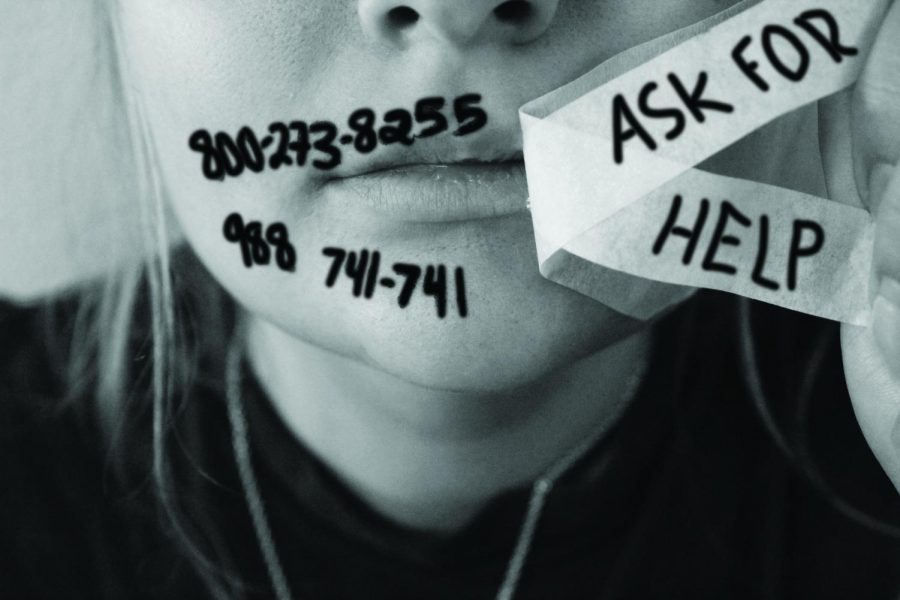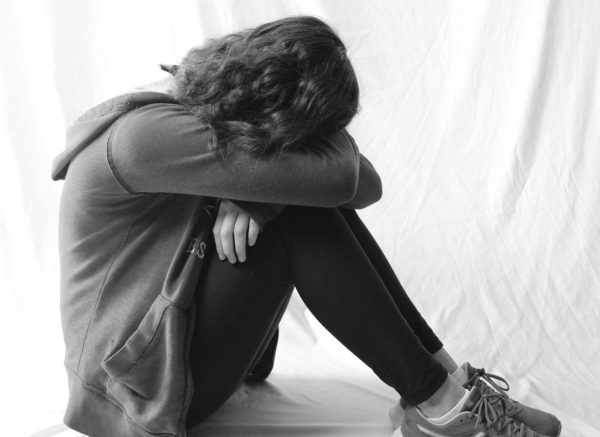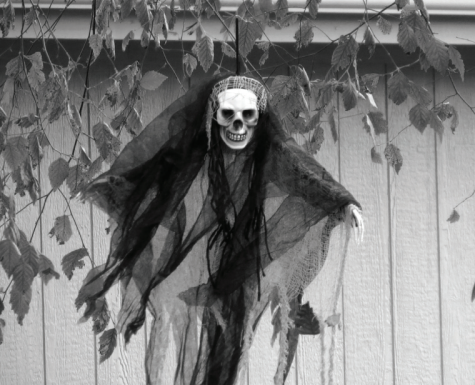How low can mental health go?
Suicide awarness and the mental health of high schoolers
Sept. 10 marked the beginning of suicide prevention month, a time where students, teachers and other members of the community bring attention to a discussion sparking topic. Mental health can be very sensitive with 46,000 people taking their lives in 2020 alone making it the 12 leading cause of death in the US.
On Thurs. Oct. 6 the counseling department will show a video about the importance of suicide awareness and the signs of suicide (SOS). This is one of the many steps the school takes to protect students and give them ways to reach out for the help they may need.
“We have a rating system. It’s a scale that determines where they are, if they’ve made a plan or made an action toward that plan and we also contact the parents. It’s an in-depth way of finding out exactly what the student is thinking, if they do come in and have some suicidal idealations,” said counselor Jamie Jensen.
The Mental Health Side
Mental health affects many people, with 26.9% of teens, between the ages of 12 and 17, having one or more mental, emotional, developmental or behavior problem according to The Jed Foundation (JED), a non-profit organization which protects emotional health and prevents suicide for teens and young adults in the United States.
According to JED, “Suicide is the third leading cause of death for teens and young adults, ages 15-24, 18.8% of high school students reported having seriously considered suicide in the past year and 8.9% of high school students attempted suicide in the past year.”
How Mental Health Does and Does Not Contribute to Suicide
Though mental health can play into reasons to think about or follow through with taking their life; it is not the only reason. Not every case is about someone who has shown signs on the outside. Self harm, talking about a course of action, joking about committing suicide, etc. Underlying mental conditions such as depression, only found in 94.2% of people who have had suicidal thoughts, or anxiety, found in 70% of people who have attempted. Meaning 30% of attempted suicides were not a result of anxiety and 5.8% of those who have reported having suicidal thoughts had no contributions of depression.
“While depression is a risk factor for suicide,” Dr. Fleisher says. “Only about half of people who take their lives had depression. People who have “vulnerable self-esteem” — self-feelings that require ongoing protection and promotion — are also at higher risk for suicide. The things that make them vulnerable are where they stand socially and where they stand developmentally.”
According to Suicide Awarness Voices of Education (SAVE) these non-outward signs can be anything ranging from talking about feeling like a burden to acting reckless, extreme mood swings, showing rage, sleeping too little/too much, increasing use of drugs or alcohol and more.

Courses of Action
According to UCLA Health, “It’s imperative that, as a culture and as individuals, we make it clear that when people are suffering, we want to know about it,” Dr. Carl Fleisher, MD, who specializes in adolescent and child psychiatry at UCLA Health, said. “What doesn’t seem to increase risk of suicide is talking about the importance of mental health, talking about the importance of reaching out to people who are struggling, or if you’re struggling, reaching out for help.”
There are many ways for those struggling to reach out. One of those is to join the new Mental Health Awarness Club founded by sophomore Addi Birkenholz. This is a place which anyone is able to join, especially if they feel they need to be heard. Meetings are on Wednesdays during Connect 30 in room 827.
According to a KLHS interview, “I wanted to create a safe place for students where they can come and not feel alone and know that other people may be struggling just as much,” said Birkenholz, according to a KLHS interview.
If students decide they have too big of a situation to share in a group or don’t feel comfortable, the counseling office is another option where you can speak to a counselor, go into a quiet room or speak to a social worker.
“Come get help. My biggest piece of advice is to ask for help. It’s really hard to ask for it but that is what we are here for. It is all confidential, no one else in school is going to find out. Know that people do care and want you here,” Jensen said.
If you or anyone you know is struggling and needs help, reach out. Tell a trusted adult who can get you, or those you love, the help you need. Dial 800-273-8255 to talk to a suicide hotline on call, or text 741741 for free support from an operator who is there to help. Both lines are 24/7 operational.







